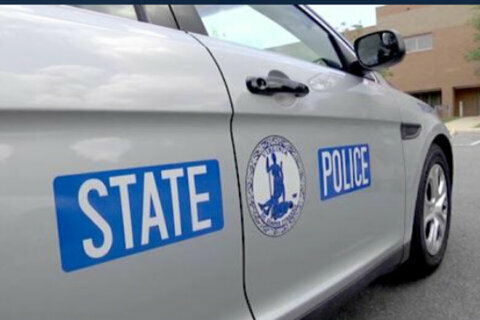When traffic enforcement focuses on who a driver is, rather than what they’re doing, the person behind the wheel is not only more at risk of getting a ticket, but also less likely to remain safe.
“We’ve known for a long time that traffic enforcement is an important part of highway safety, but we’re seeing these disparate impacts of traffic enforcement on … Black [people], indigenous [people] and people of color,” said Russ Martin, senior director of policy and government relations for the Governors Highway Safety Association. The nonprofit represents state highway safety offices that implement federal grant programs.
Tuesday, GHSA released a report, including 10 recommendations, to help reduce racial disparities in highway safety. They include promoting the collection and analysis of racial data for every traffic stop.
“We’re trying to collect information about the race or ethnicity of drivers stopped in traffic stops — it’s a great way to analyze patterns, to try to see if there are disparities,” Martin said. “Sometimes you can’t really tell unless you look at the data.”
Another recommendation supports increased use of automated enforcement.
“If they’re implemented in the right way, they can be more colorblind,” said Martin. “You don’t have an officer on the street, where there are opportunities for implicit bias, or escalation,” between the officer and the driver.
However, Martin said the goal of substantially reducing risky driving behaviors must be done equitably.
“If you just put cameras in minority communities, you’re creating more disparities,” he said.
The recommendations, developed by consulting firm Kimley-Horn, come after a review of national best practices, according to GHSA, which will discuss the report and other ideas to advance equity at its upcoming fall meeting.
Read the full report online.








